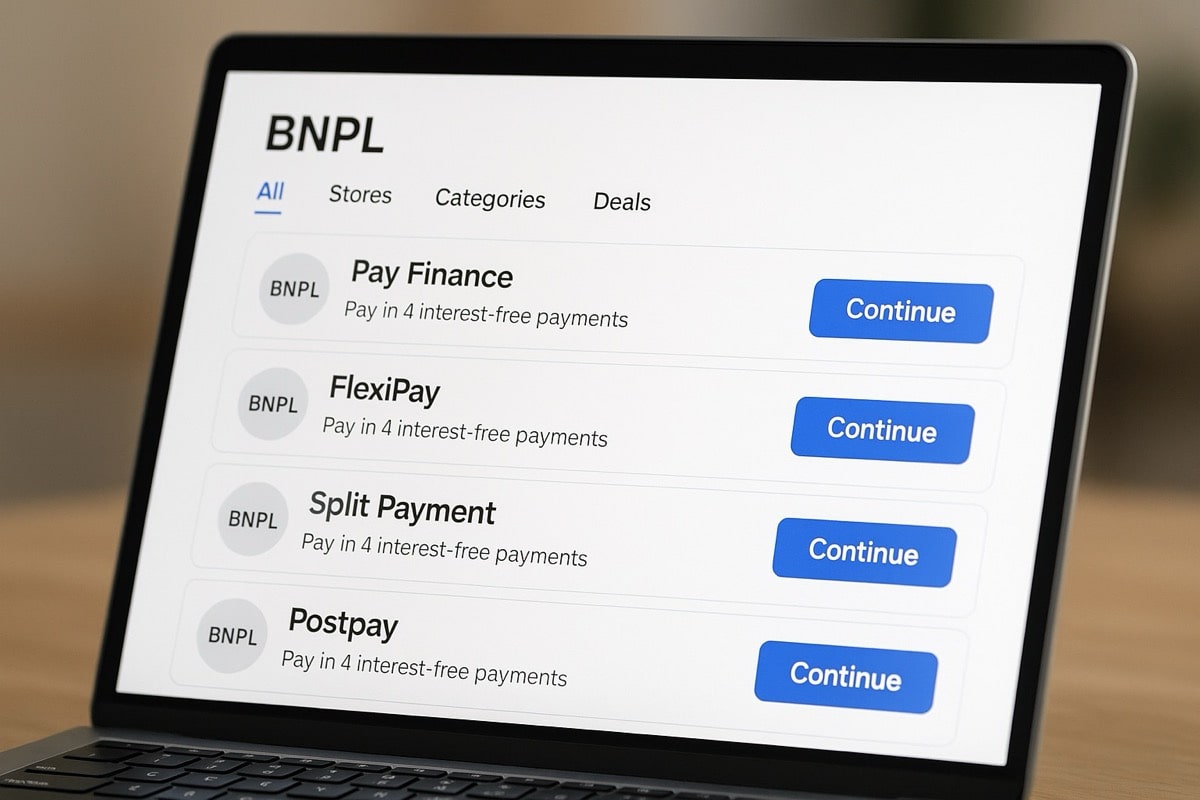Can BNPL Fuse act as an alternative to a full-blown payment gateways or orchestration platform? To answer that, it helps to unpack what it does and what it doesn’t.

When dLocal introduced BNPL Fuse in October 2025, the company positioned it as something bold — a single API that connects merchants to multiple “Buy Now, Pay Later” providers across emerging markets.
The idea is simple but powerful: one integration, one contract, and access to a web of BNPL partners spanning eight countries and potentially 500 million consumers. For businesses trying to reach underbanked customers in regions like Latin America, Africa, and Southeast Asia, this sounds like the missing piece of the payments puzzle.
And yet, haven’t payment gateways or orchestration platforms that are already operating in the same markets been providing the same functionality along with other helpful payment tools for years? PaySpace Magazine Global will try to decipher the differences between niche BNPL or other financial service aggregator platforms and full-scale payment gateways or orchestration solutions, using the example of BNPL Fuse.
Payment Gateways & Orchestration vs BNPL Aggregation
Traditional payment gateways are the workhorses of online transactions. They handle the basics: routing payments between buyers and sellers, processing cards, digital wallets, and bank transfers, and taking care of tokenisation, fraud detection, and settlement.
Payment orchestration platforms, on the other hand, go a step further. They act like traffic controllers for payments, deciding in real time which route gives the best conversion rate, lowest fees, or fastest processing. Some even offer plug-and-play access to different acquirers, wallets, and alternative payment methods through one dashboard.
At first glance, BNPL Fuse feels like a cousin to these platforms. It also promises a single API, a unified layer between merchants and multiple BNPL providers, and none of the headaches that come with managing separate contracts, local regulations, or credit-risk exposure. dLocal’s pitch is that merchants can roll out flexible payment options instantly across markets, without the compliance and technical burden that normally comes with it.
Where it gets interesting is in how BNPL Fuse overlaps with orchestration. Like APEXX Global’s “BNPL Connect,” it aggregates pay-later options under one roof. But while most orchestration providers focus on giving merchants control over a full range of payment types, BNPL Fuse has zeroed in on one slice of the market: installment-based payments. That focus is both its strength and its limitation.
Benefits and Limitations of BNPL Aggregator Platforms
For merchants whose top priority is expanding BNPL access in emerging economies, BNPL Fuse can feel like a dream. It abstracts away local complexities, ensures merchants don’t take on credit risk, and offers a simple integration path into a notoriously fragmented space. And in regions where BNPL is growing faster than card usage, that’s a huge competitive edge.
Still, it’s not quite a one-to-one replacement for gateways or orchestration layers. Gateways let you process everything from cards to digital wallets to direct bank transfers, along with flexible BNPL payments. Orchestrators optimise all those flows at once, deciding which acquirer to route a transaction through if one fails, and automatically switching to backup methods to protect conversion rates.
BNPL Fuse, for now, sits in a narrower lane. It’s all about connecting BNPL providers, not managing the entire payment ecosystem. That means a business that relies on multiple payment methods or wants fine-grained control over routing logic will still need a gateway or orchestration provider in the mix. BNPL Fuse can complement those setups beautifully, but it doesn’t yet replace them. It’s more like a specialist module than a universal processor.
There’s also the question of transparency and flexibility. Merchants using BNPL Fuse depend on dLocal’s relationships with its network of BNPL partners. That’s convenient, but it also creates a layer of abstraction. If a local BNPL vendor faces regulatory challenges or performance issues, the merchant’s visibility into that is limited. Traditional orchestration platforms, by contrast, tend to give merchants more direct oversight and configurability.
Who Could Benefit the Most From BNPL Fuse and Similar Solutions?
Despite those nuances, the timing for BNPL Fuse is excellent. Across developing markets, the appetite for credit is huge, but traditional financial infrastructure lags behind. The global Buy-Now-Pay-Later (BNPL) market is estimated to be worth $640 billion in 2025, and projected to grow to around $1.43 trillion by 2030 — a strong compound annual growth rate.
Offering pay-later options without shouldering underwriting risk or compliance headaches can unlock entirely new customer segments for merchants. For smaller or mid-size businesses, especially, BNPL Fuse can function almost like a mini-orchestration layer focused on consumer finance.
So is it a viable alternative? In the right context, absolutely. If you’re a merchant operating in Latin America, Africa, or Asia and you mainly want to tap into the BNPL wave, BNPL Fuse provides a shortcut — one integration, local compliance handled, risk managed. For merchants already using a broader payment gateway, it could easily slot in as a powerful add-on.
However, if your business spans multiple continents, runs subscription billing, needs multi-acquirer routing, or supports everything from wallets to crypto payments, BNPL Fuse alone won’t do it all. It’s not a replacement for the entire payment stack. At least not yet.
That said, the line between payment orchestration and BNPL aggregation is starting to blur. As BNPL becomes more mainstream, platforms like BNPL Fuse may evolve into hybrid layers that combine flexible financing with full-stack orchestration. Just like payment gateways one day went from payment processing to broader superapp-like operation models. In that sense, dLocal might just be ahead of the curve: not replacing gateways entirely, but reshaping what orchestration means in emerging markets.









